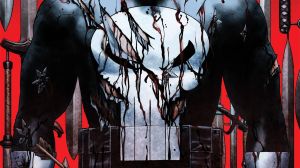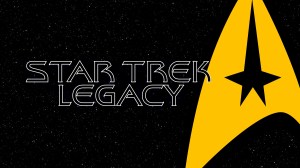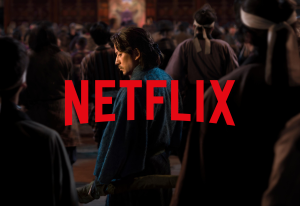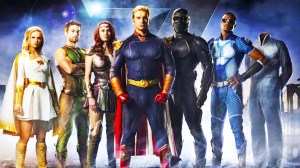Frank Castle is arguably Marvel’s most iconic anti-hero, a brutal vigilante immediately recognized by a skull on his chest and his unyielding war on crime. Surprisingly, he is also one of the company’s most adapted characters for the screen, with multiple film versions attempting to capture his grim essence. After an initial film in 1989 that was largely detached from the comics, the character was reintroduced to audiences in 2004 with The Punisher. This version, starring Thomas Jane, found considerable success and, for many, became the definitive live-action portrayal before the Punisher’s eventual integration into the Marvel Cinematic Universe on Netflix.
Videos by ComicBook.com
Despite its popularity, the 2004 film took significant liberties with the source material, crafting a story that prioritized a slow-burning revenge tale over the relentless action of the comics. Just four years later, Lionsgate rebooted the franchise with Punisher: War Zone, a film that swung the pendulum in the complete opposite direction. Helmed by director Lexi Alexander, this new take was a tonal departure from its predecessor, creating a starkly different vision of Frank Castle’s crusade.
5) Frank Castle’s Professional Background

A fundamental change made in the 2004 film was altering Frank Castle’s history from a seasoned soldier to an undercover FBI agent. This decision reframed his entire motivation. In The Punisher, his family is killed in direct retaliation for a botched sting operation that results in the death of a mob boss’s son. This makes his subsequent war on crime deeply personal and initially targeted at a single organization. In contrast, Punisher: War Zone reverted to the comic-accurate origin of Frank Castle (Ray Stevenson) as a former Force Recon Marine. This version is a trained killer whose expertise was forged in the theater of war. The film establishes that his crusade has already been raging for five years, presenting a Punisher who is simply redirecting his battlefield skills toward the criminal underworld, which aligns more closely with his depiction in the comics as an unstoppable force of nature.
4) The Tone and Visual Style
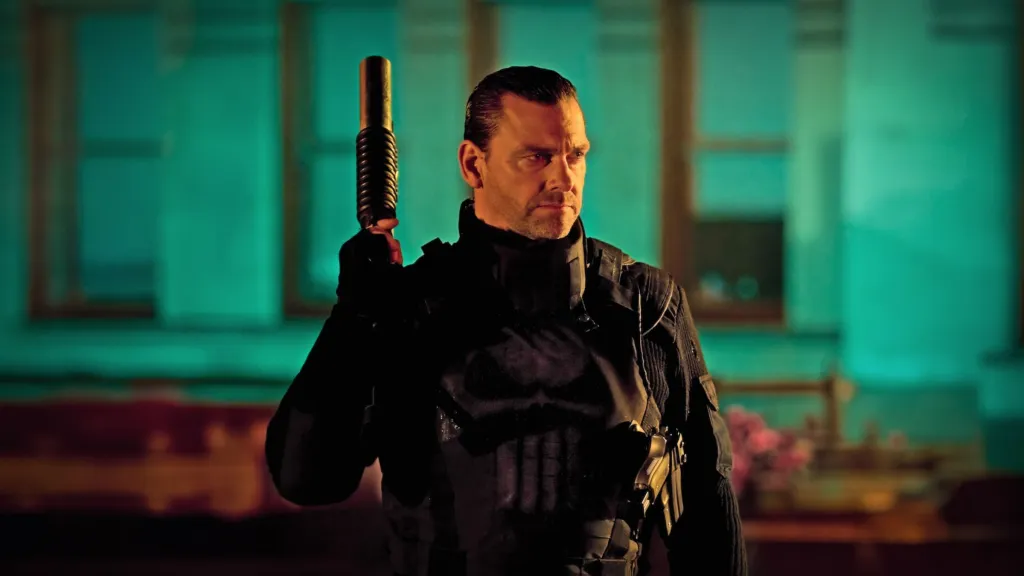
The two films could not be more different in their visual presentation. Director Jonathan Hensleigh’s The Punisher is a grounded and gritty revenge thriller set in a sun-bleached Tampa, Florida. Its color palette is muted, and the overall tone is dramatic and somber, focusing on the psychological torment of a man plotting the meticulous destruction of those who wronged him. The pacing is deliberate, building suspense through surveillance and character interaction rather than constant action. Director Lexi Alexander took the opposite approach for Punisher: War Zone, crafting a hyper-stylized and almost cartoonishly violent world. The film is drenched in neon colors that pop against the dark, grimy cityscapes, a look directly inspired by the bold aesthetic of the comic books. In addition, War Zone is relentlessly aggressive and over-the-top, embracing the source material’s graphic nature with a visual flair that feels ripped straight from the page.
3) The Nature of the Villains
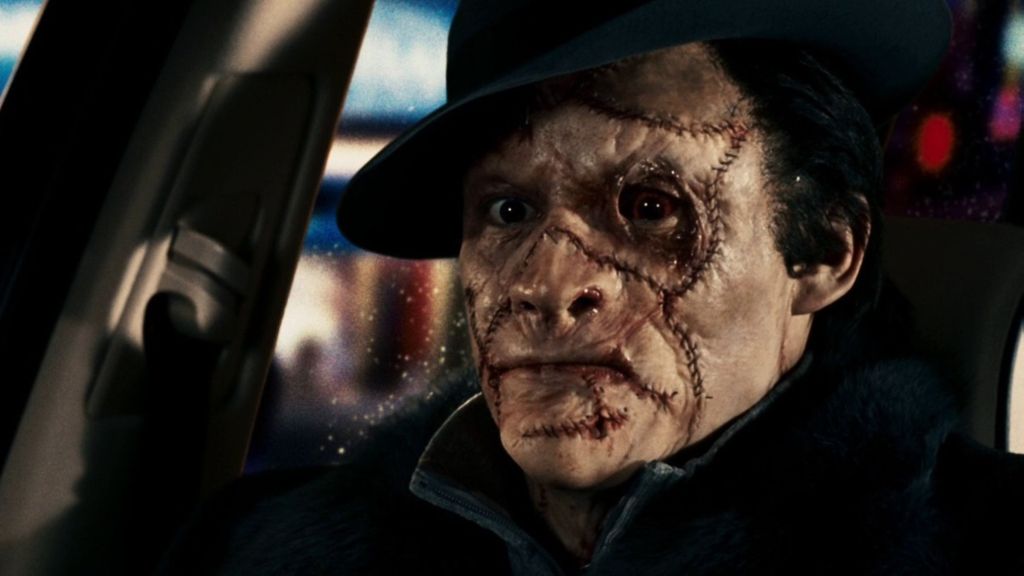
The antagonists in each film reflect their respective tones. In The Punisher, the villain is Howard Saint (John Travolta), a slick and powerful Tampa businessman who launders money for a crime syndicate. Saint is a corporate-style mob boss whose motivation is a straightforward revenge plot for the death of his son. Punisher: War Zone instead delves into Frank Castle’s classic rogues’ gallery by featuring Jigsaw (Dominic West). Introduced as the vain mobster Billy “The Beaut” Russoti, Jigsaw is hideously disfigured after being thrown into a glass crusher by the Punisher. West’s portrayal of Jigsaw is deliciously unhinged, a physically grotesque and psychologically scarred monster who brings a level of comic book absurdity and menace that stands in stark contrast to the more realistic and restrained criminal enterprise of Howard Saint.
2) The Depiction of Violence

While both films feature a high body count, the way violence is portrayed is drastically different. The 2004 The Punisher is more of a traditional action thriller, where the violence, though brutal, is often used to serve the narrative’s dramatic weight. The action sequences are spaced out, and while Frank is ruthlessly efficient, the focus is on the strategic setup and the emotional aftermath of his actions. Punisher: War Zone, in its turn, revels in its explicit and gratuitous gore. The film opens with a sequence where Frank Castle single-handedly slaughters a room full of mobsters in a variety of gruesome ways, and it never lets up. The violence is inventive, shocking, and presented as the main attraction. The reboot fully embraces the “War Zone” part of its title, showcasing a Punisher who is a one-man army, dispatching his enemies with an almost gleeful level of brutality.
1) The Punisher’s Characterization

The two lead actors embodied very different interpretations of Frank Castle. Thomas Jane’s portrayal in The Punisher is more emotional and brooding. Plus, the film dedicates a significant portion of its runtime to his life before the tragedy, allowing the audience to connect with him as a family man. After the murder of his family, he becomes a man consumed by grief who meticulously plans his revenge, but his humanity, though buried, is still visible. In Punisher: War Zone, Ray Stevenson presents a Frank Castle who is already a fully formed killing machine from the opening scene. This version is stoic, relentless, and seemingly devoid of any emotion other than cold resolve. Stevenson’s character is less a man grappling with loss and more a walking embodiment of vengeance, reflecting the uncompromising and hardened persona found in many of the character’s comic book appearances.
Which version of Frank Castle do you think was more effective on screen? Leave a comment below and join the conversation now in the ComicBook Forum!

